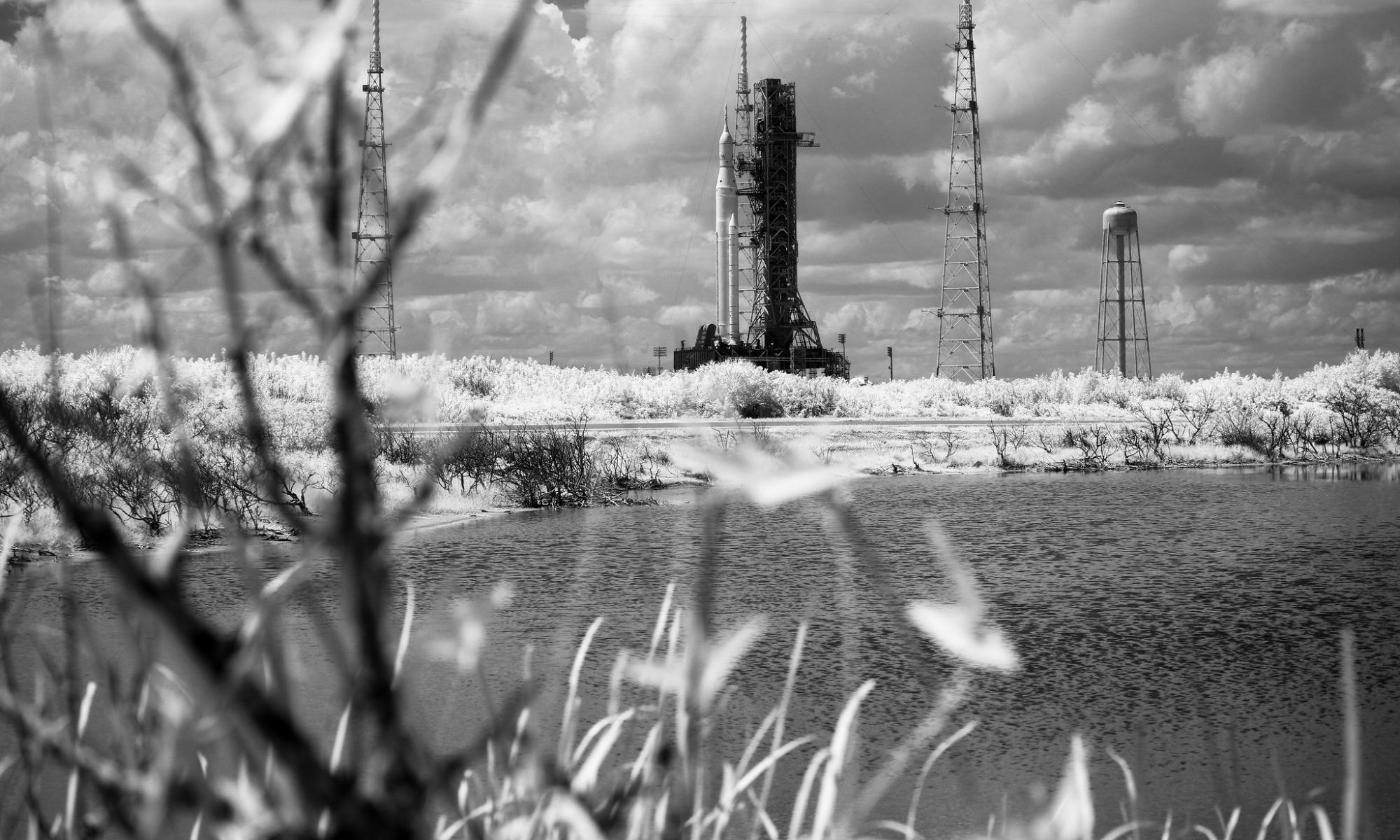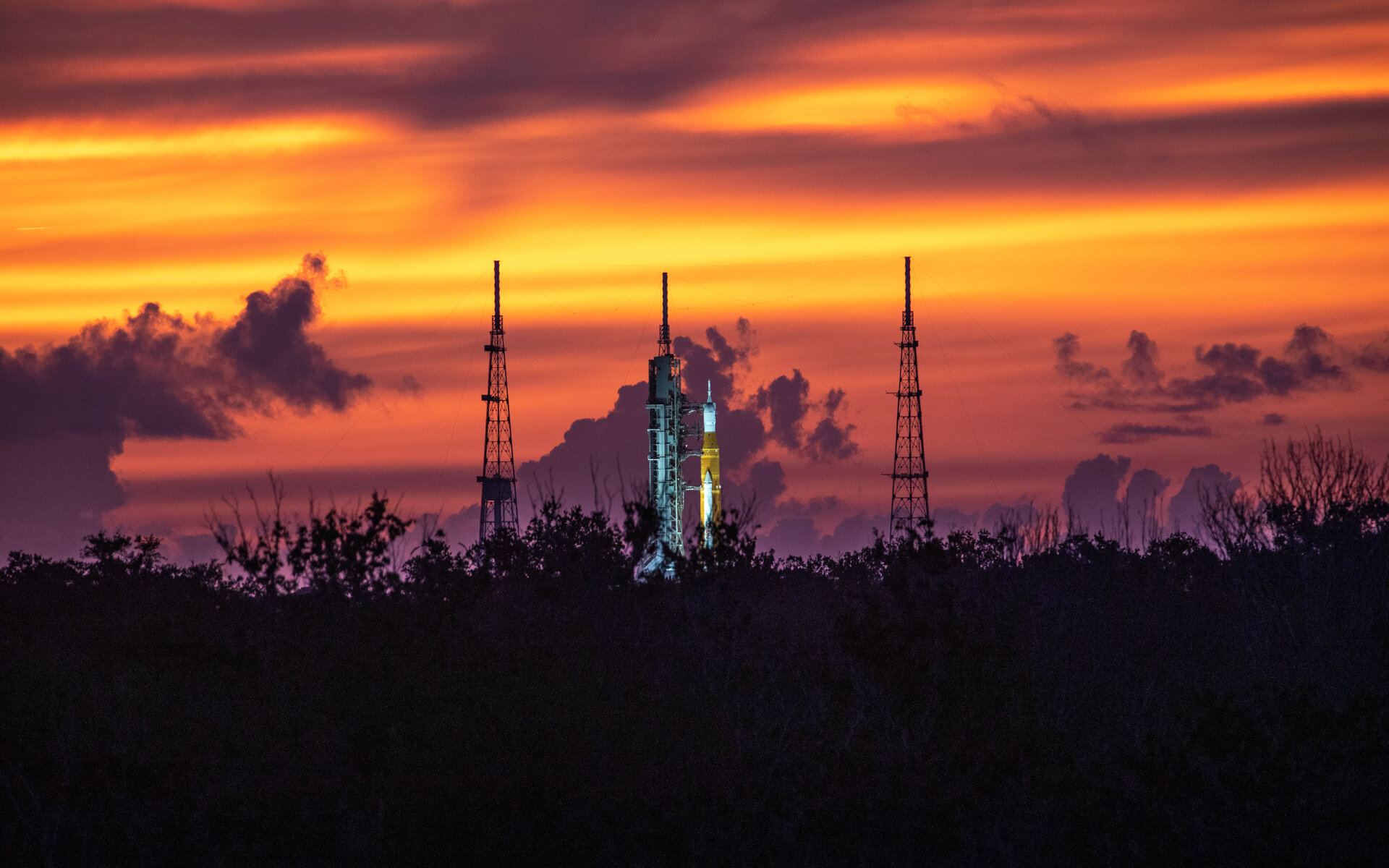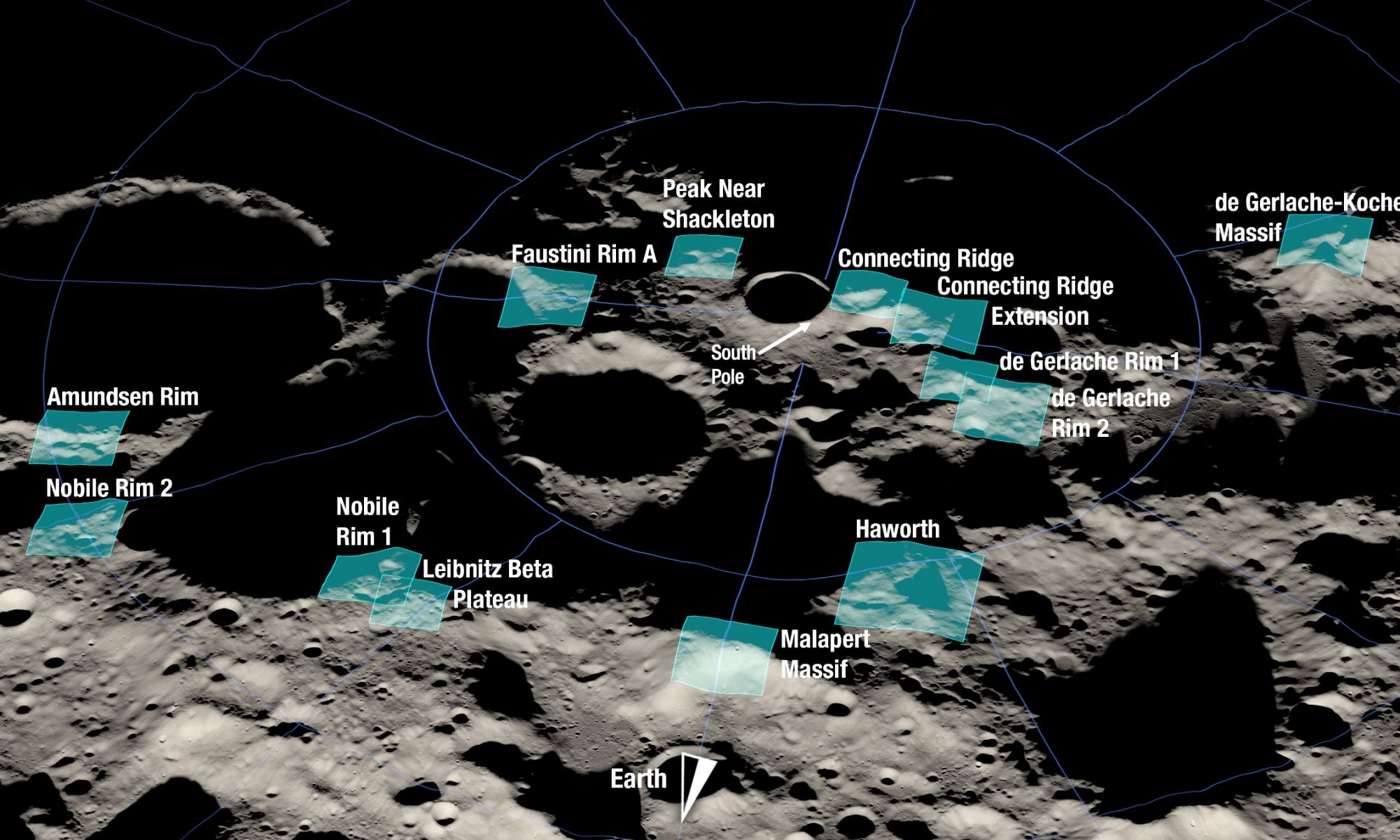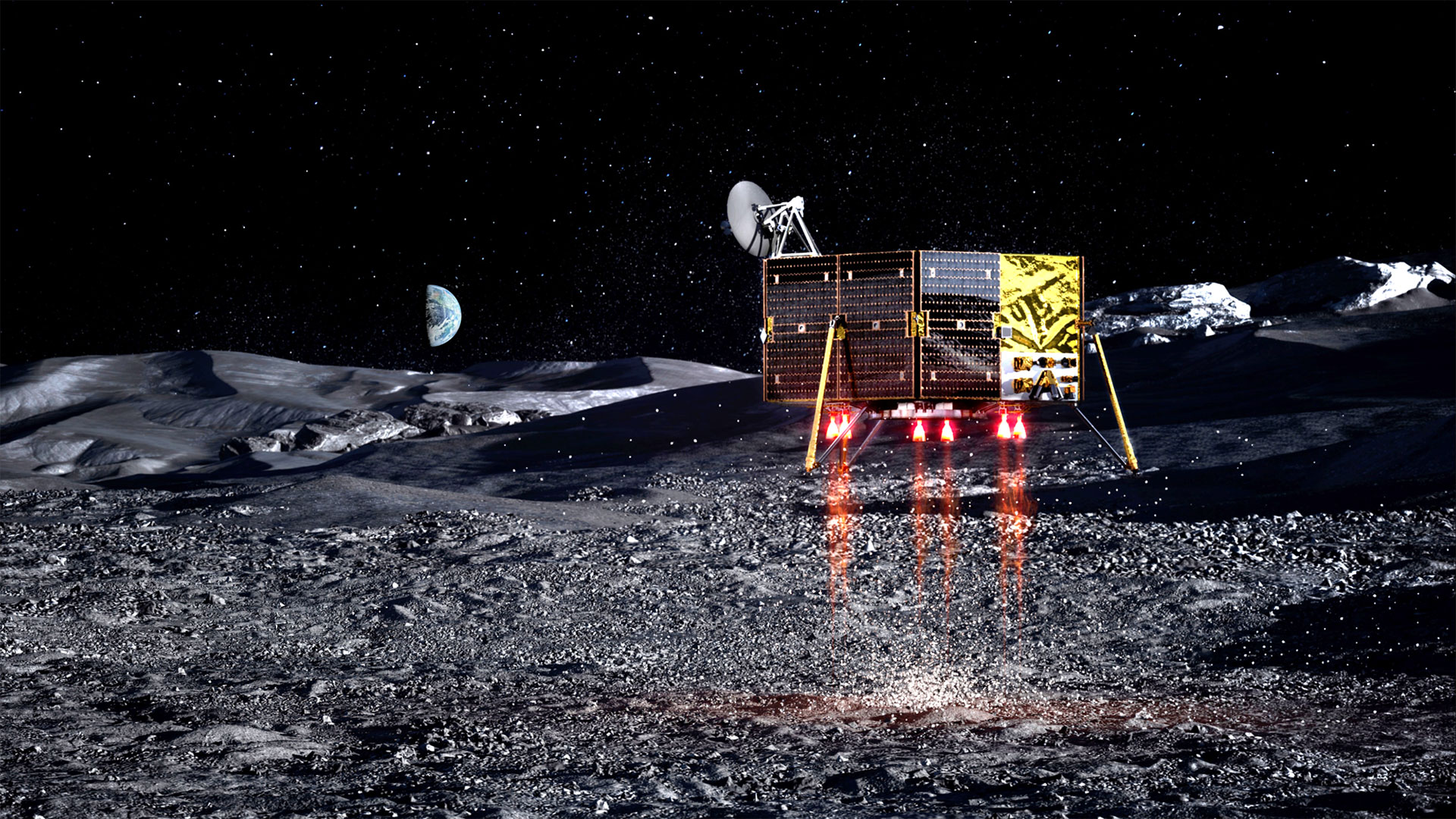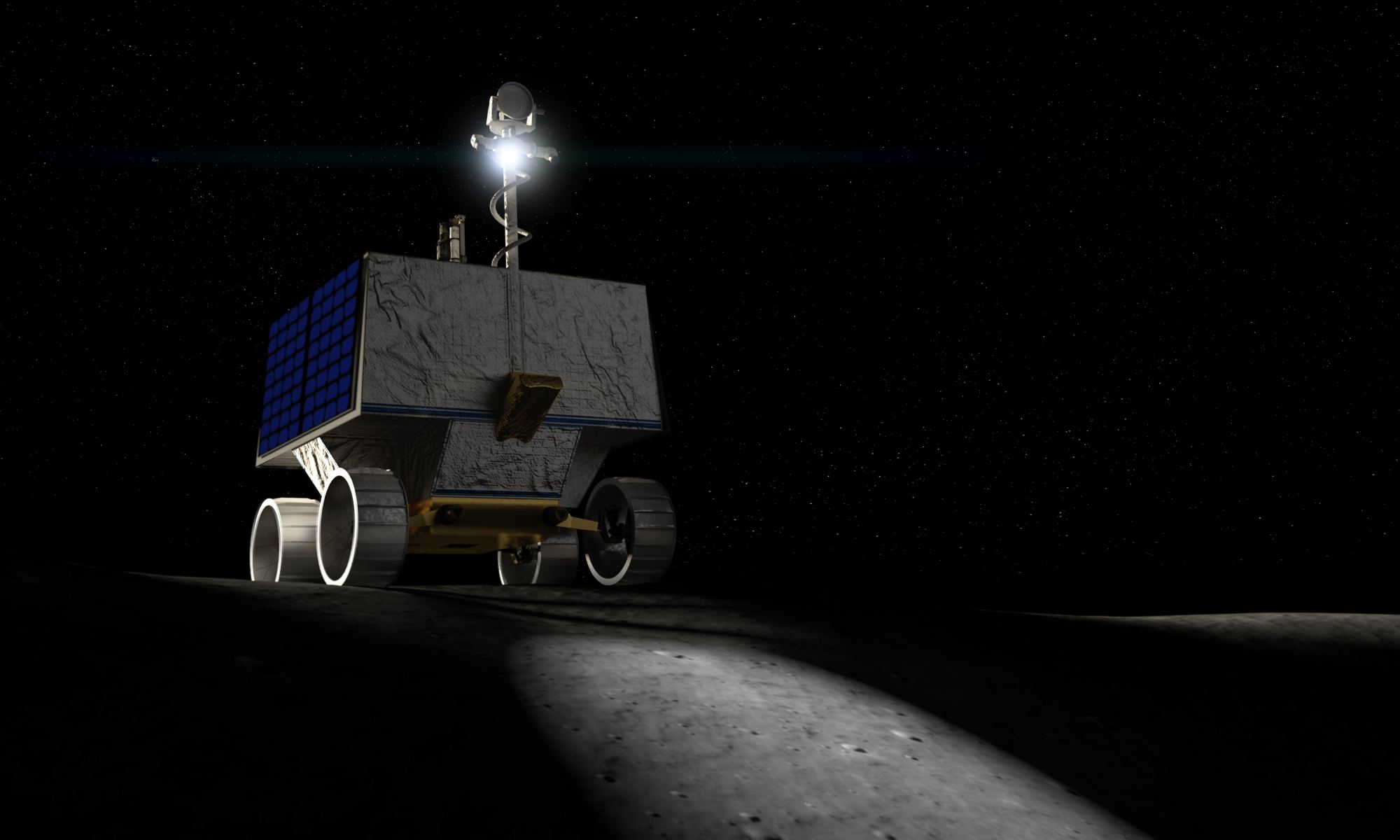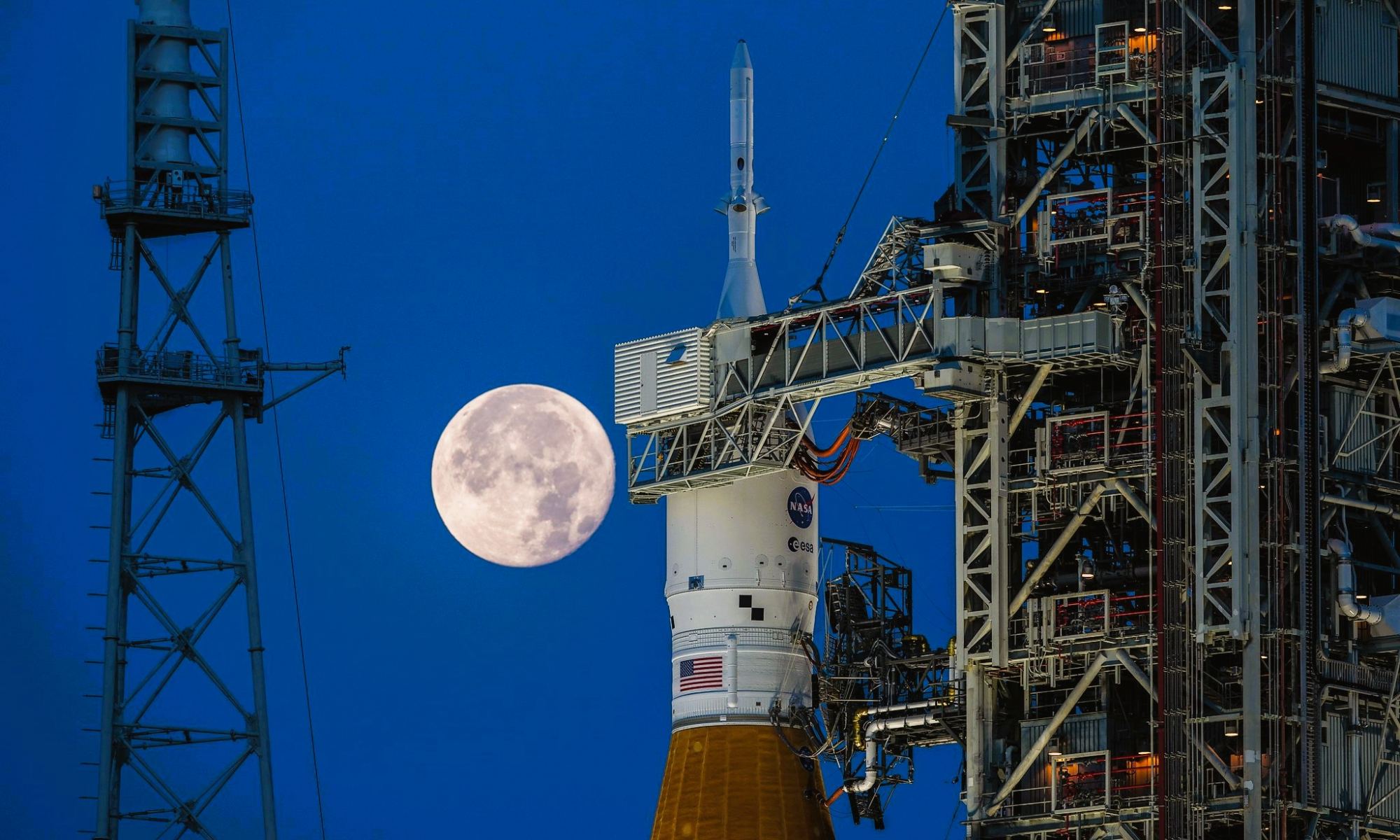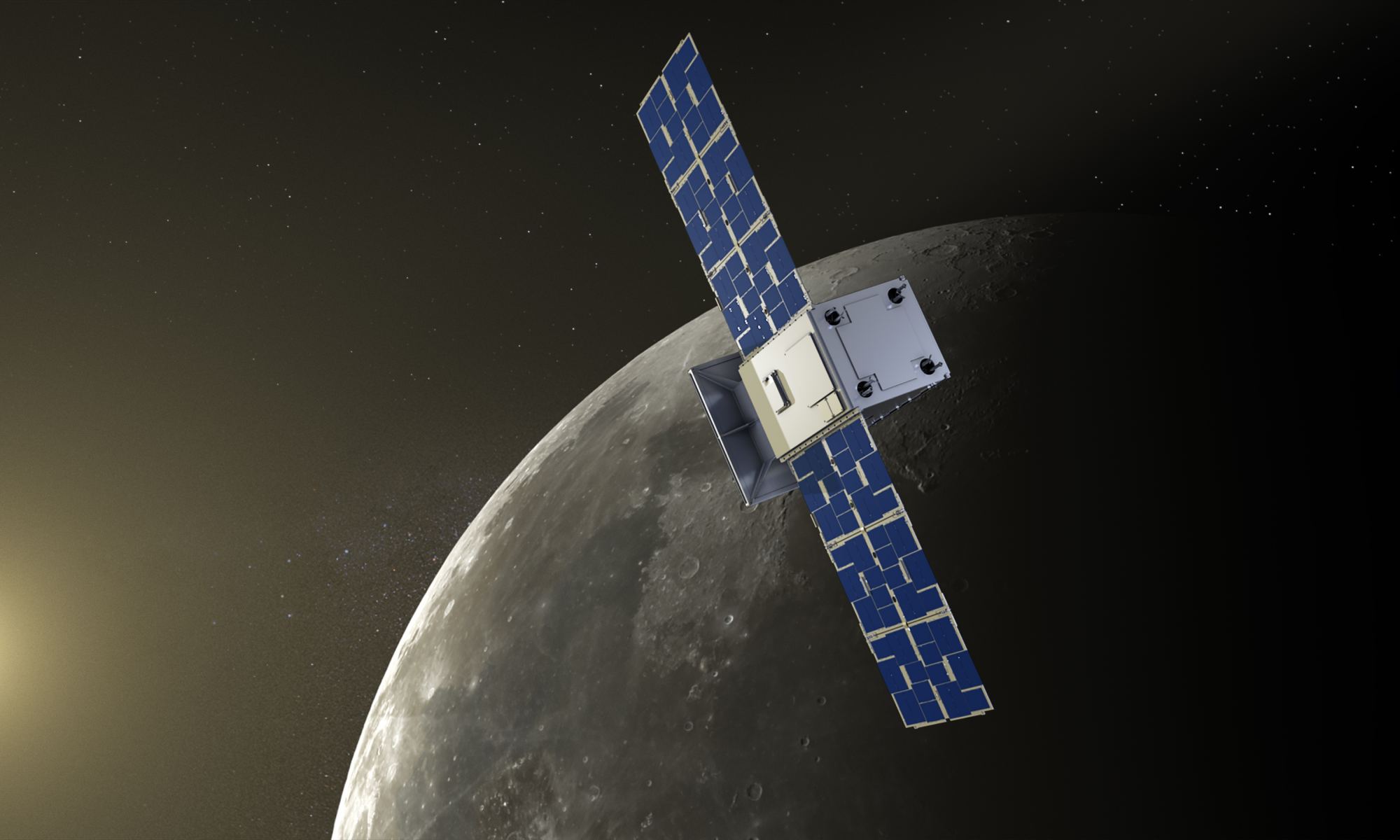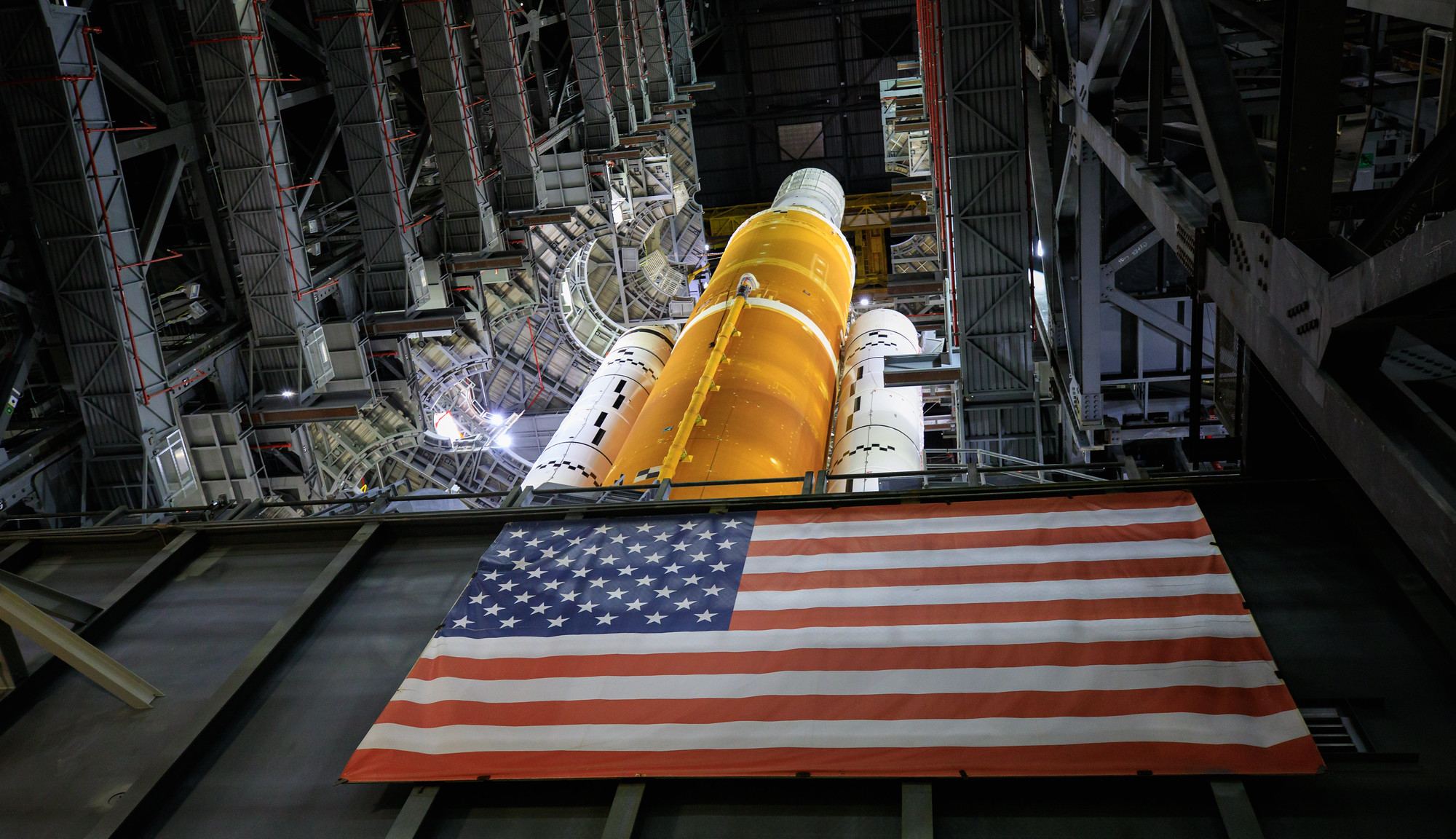Addendum: Today’s launch was scrubbed due to an engine issue that occurred during fueling. The backup date of Sept. 2nd is now targeted.
On Monday, August 29th, NASA will make history with the launch of the Artemis I mission. As the first flight in the Artemis Program, the mission will consist of a fully-stacked Space Launch System (SLS) and an Orion spacecraft taking off from Kennedy Space Center in Florida. Once in orbit, the uncrewed Orion spacecraft and European Space Module (ESM) will fly beyond the Moon before returning to Earth. This mission will validate the key systems and components of the Artemis Program and be a dress rehearsal for the crewed Artemis II mission in 2024.
According to the Flight Readiness Review, the Artemis I mission is a GO for launch and will launch no earlier than 02:33 PM EST (11:33 PM PST). While the mission is uncrewed, the crew module will still carry two mannequins (Helga and Zohar), occupying two of the capsule’s passenger seats. Helga and Zohar will carry over 5600 sensors to measure the radiation load during the circumlunar journey. Shaun the Sheep, a character from the popular animated series Wallace and Grommit, will occupy the third seat as part of a global social media campaign.
Continue reading “Everything Still Looks Good for Monday's Artemis 1 Launch”
